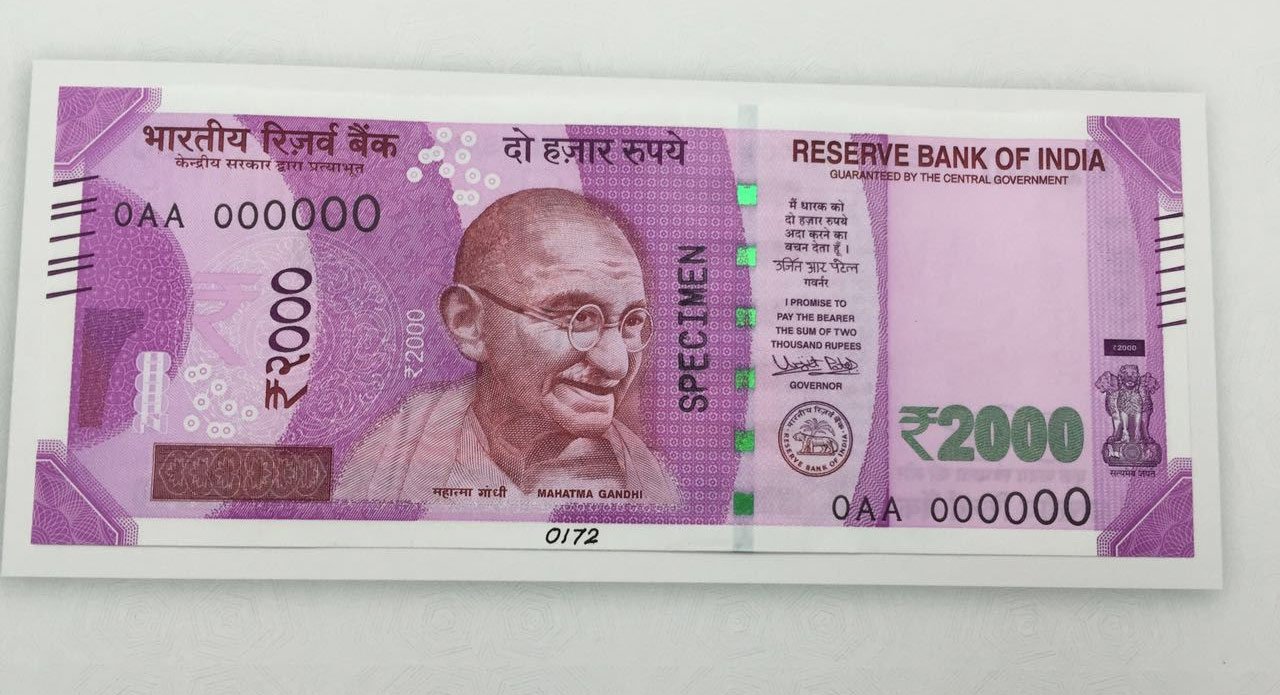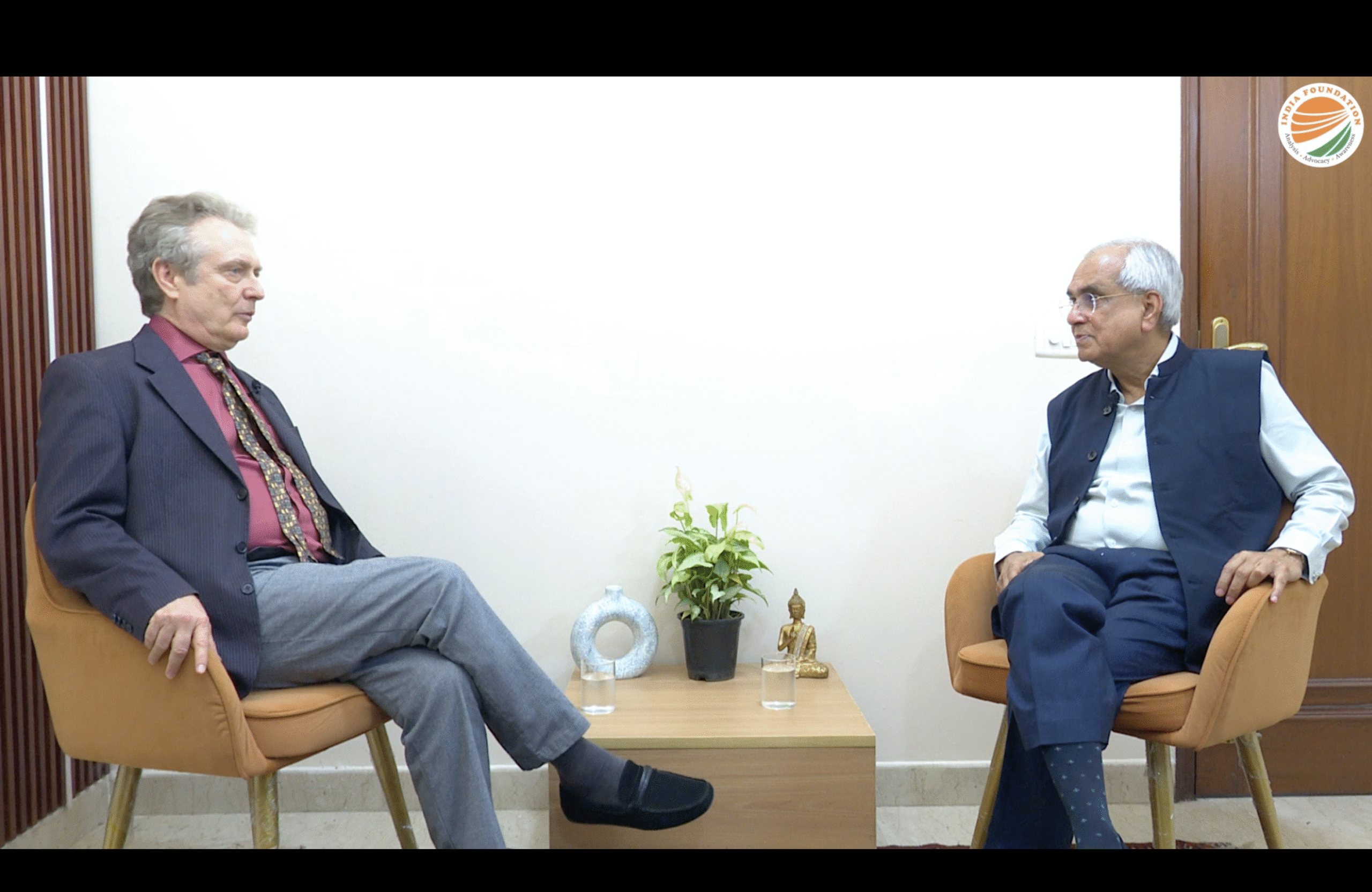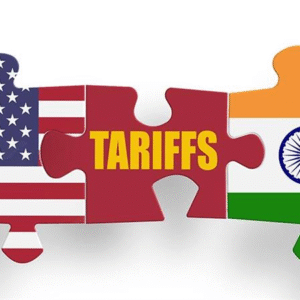Indian Prime Minister Narendra Modi demonetized high value Rs 500 and Rs 1000 notes on November 8, 2016. As an alternative to the demonetized notes, new notes of Rs. 2000 came into circulation from the next day on November 9, 2016. Afterwards, the new note of Rs. 500 was also introduced. The demonetization measure adopted by the government of India with adequate preparation is the boldest step ever taken in economic front in independent India.
Indian people in general have widely supported Prime Minister Modi’s step to demonetize high value notes. They treat this to be a surgical strike on black money, terrorist financing and corruption. They also hope that this would help reduce illicit outflows of money from India, which accounts for over $50 billion a year. As it is well known, India’s black/unaccounted economy exceeds over $1 trillion, which is half of the country’s total GDP.
In the process of implementing demonetization move effectively, the government has made a policy whereby the interests of the honest people have been well considered. It is only the scrupulous elements in the country who have been targeted. As such, a timeframe of December 30, 2016 has been fixed as the last date for depositing Rs. 1000 and Rs. 500 notes in the banks. In special cases, the scrapped notes could still be deposited in the banks under certain provisions of the Reserve Bank of India (RBI) till the end of March 2017.
A person making deposits below the limit of Rs. 250,000 will not have to worry. But those who make deposits worth this amount or over will have to come out with PAN and declare the source of their income. Besides, they would have to pay tax as per the law of the land.
Initially, a provision was made whereby a person could withdraw from the ATM upto Rs. 2000 per week. One was also entitled to withdraw upto Rs. 20,000 from the bank accounts each week and this limit was subsequently increased to Rs. 24,000. Additionally, a person was also allowed to exchange old notes into new ones at the banks up to Rs. 4000 per week. Later on, this limit was increased to Rs. 4500 per week, but again it was reduced to Rs. 2000 to ensure that more of people could get cash.
Most importantly, the government of India later on also allowed the farmers to withdraw up to Rs. 25,000 per week from the banks to ensure that the agricultural activities were not affected. Similarly, the traders were allowed to draw up to Rs. 50,000 per week from their accounts to facilitate their business activities. And, the central government employees were allowed to draw their salary in advance up to Rs. 10,000. Families celebrating weddings were also allowed to draw up to Rs. 2.5 lakh from their bank accounts.
However, it cannot be denied that people of each strata of the society experienced difficulties, though in varied degrees, on account of the cash crunch caused by the demonetization of high valued notes. Production of goods and services has been affected. Because of the disinflationary situation, market transactions have plummeted. Industries are heavily affected.
Many people have been facing acute problem in either drawing even the specified money from the ATMs and their accounts or in making deposits because of the inability of the financial system to entertain such a big mass in the country. Of the total two hundred thousand ATMs in the country, half of them are yet to become operational. Even many of those ATMs which are in operation don’t have enough of cash to meet the requirements of people.
It is not difficult to understand the sufferings caused to the people as Rs. 1000 and Rs. 500 notes that were scrapped accounted for 86.4 per cent of total value of Rs. 16, 415 billion in circulation in the country. Despite the hardships faced by the common mass of the population, support in favour of demonetization drive is gaining ground. People in India seem to have a great trust in Prime Minister Narendra Modi, which is not without reason.
Counterfeit currency, which formed 0.2 per cent in total money in circulation in India is now eliminated. Terrorist financing met a major jolt. As a result, pelting of stones on the security personnel stopped altogether in Kashmir and life has returned to normalcy after four months of political upheaval. Even the educational institutions in the state that were targeted by certain elements have started functioning.
Estimates are that Rs. 3 lakh crore worth of Rs. 1000 and Rs. 500 notes that are black money would be disappeared altogether as that will not come under banking net. This will be profit or windfall gain for the RBI or government. The government has no liability to return this amount. So this gigantic sum of money could be spent for the development of infrastructure facilities, housing, schools and other activities in the country.
Additionally, larger sections of Indian population would come under the tax net. Presently, only 3 per cent Indians pay income tax. With an increase in the number of tax payers, India would have enough of revenue to pay for development activities.
Signs of behavioral change among the people have already become distinct. Many people living mainly in the urban areas have already started making digital transactions to meet their needs of daily expenses to avoid long queues at banks and ATMS. Until recently, only 2.6 crores of India’s 130 crores people used this system. But now people have started making greater use of debit cards, electronic transfers, Paytm card and mobile payment in their transactions. The economy is moving fast towards “less cash,” if not “cash-less” economy.
Because of the digitalization and other efforts made by the government, long queues at the ATMs and the banks have started receding. Each day 12,500 ATMs are rejigged to ensure that they are able to deliver the new notes of Rs. 500 and Rs. 2000. Things will be better once all the 2 lakhs ATMs in the country are made functional in next few days.
Of course, the cash crunch caused by demonetization of high valued notes will still affect the life of the people for some time to come. But what is satisfying is that it has already started paying dividends. Once the gap in the demand for and supply of notes meets equilibrium point, the Indian economy will not only bring billions of dollars worth of unaccounted wealth or black money into mainstream economy, but it will further intensify the process of economic revolution in the country. Net gain from the demonetization will by far negate the loss that is economy is incurring in the short period at the moment.
Dr. Jha is the Executive Director of Centre for Economic and Technical Studies in Nepal. Views expressed by the author are strictly personal.




